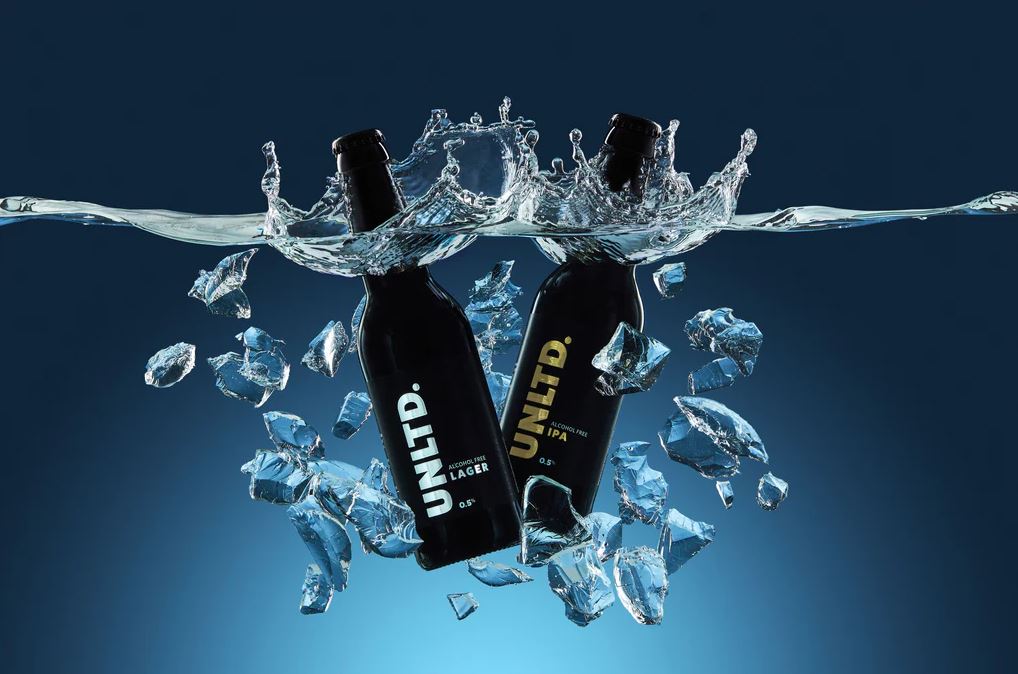
If the research by Alcohol Change turns out to be right, around nine million people will have taken up the challenge of Dry January this year, starting 2023 with an acknowledgement that a life of boozing is not the best thing to be doing.
The big question is: what next? Those undertaking the challenge might have done so for different reasons. There may be some who do not normally drink to excess, but might have done so at Christmas parties and over the festive season. Their motivation will be to try to balance things out and maybe help the waistline by having a healthier New Year.
For this group, a return to some level of drinking may be on the cards for February. But for others, Dry January could be the start of a whole new approach to consumption, one in which non alcohol beer will take its permanent place as the tipple of choice.
This may not be easy, however. Dry January comes with a clear end point; if it depends on will power, this is something that only needs to last until February 1st. A permanent change is another matter.
As many experts have noted, every year at the end of Dry January people have a choice to make. But a common suggestion is for people to think not of what they have given up, but what they have gained.
For example, if you have had better sleep patterns, felt more energetic, enjoyed a happier mood and perhaps combined not drinking with other measures to improve your health such as better diet and more exercise, then why go back?
You may also have found, perhaps even to your surprise, that you like alcohol free beer. Moreover, it may turn out that sitting with a pint of this alongside your friends does not leave you feeling like you missed out.
In short, while you can return to the booze in February, the end of January may be a very good time for assessing what the month has done for you and then deciding if you want more of these benefits.
